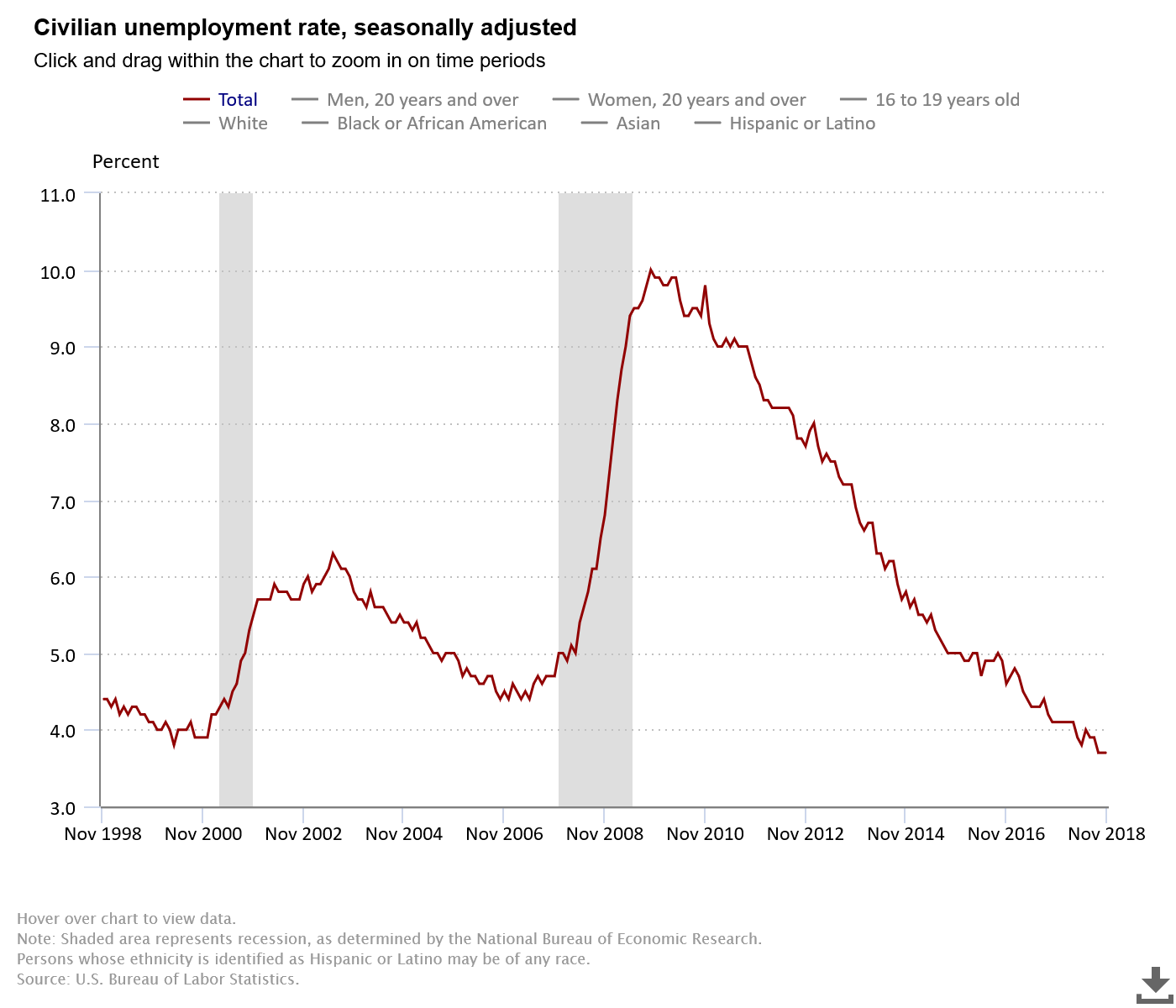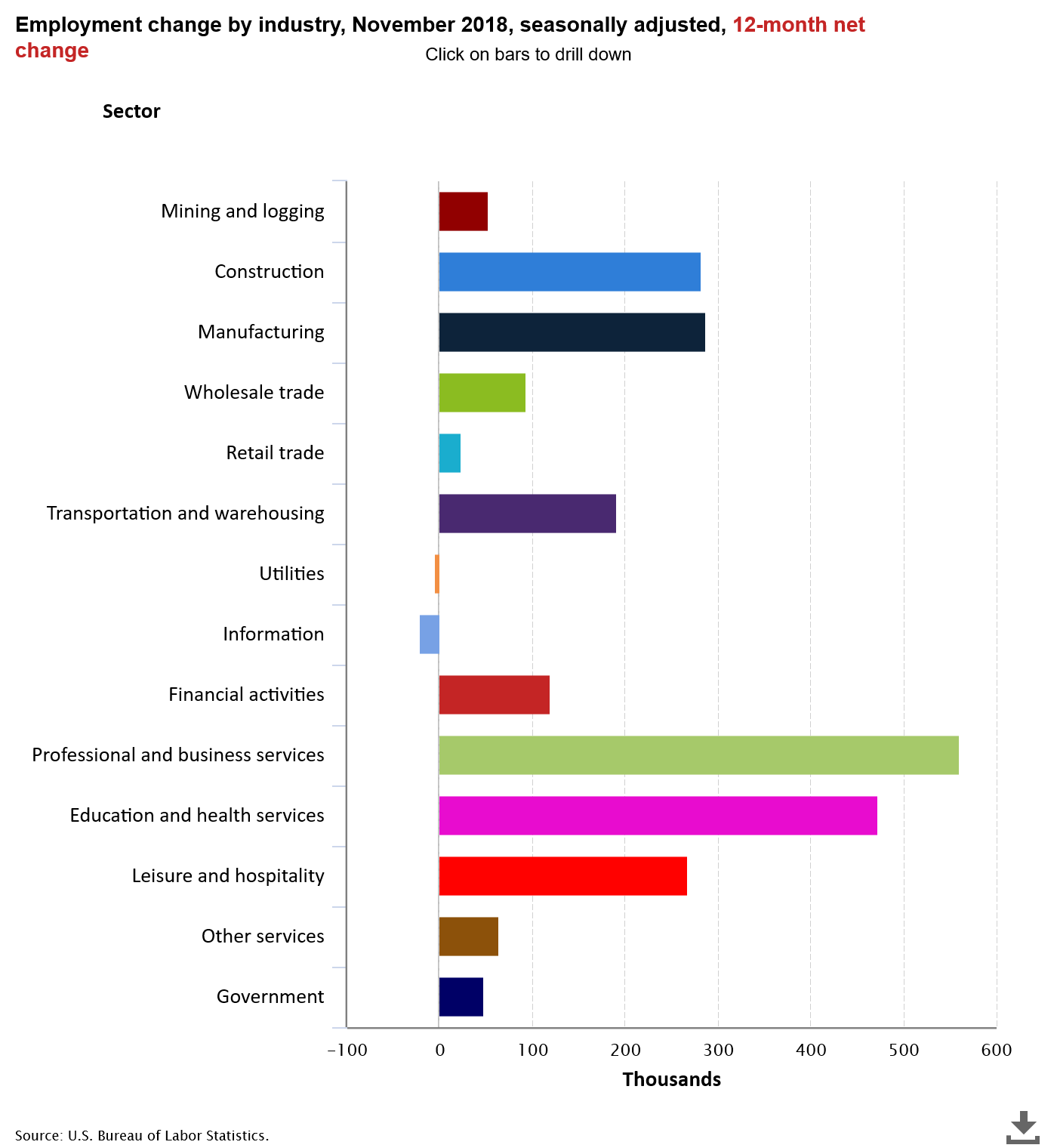Medicare is changing the way skilled nursing operators are paid, effective October 2019. The new Patient-Driven Payment Model (PDPM) system replaces Resource Utilization Groups (RUGs) and will dramatically shift predictors of financial success, while raising new compliance concerns as operators change their business strategies to adapt. Skilled nursing investors, as well as owners, operators, and care/service providers will not want to miss PointRight Executive Vice President and Chief Clinical Officer Steven Littlehale’s upcoming NIC Spring Conference presentation on the subject. NIC recently discussed the session with Littlehale, which is recapped here:
NIC: Can you tell us a little about yourself?
Littlehale: I am a unique blend of advanced practice nurse and applied researcher. I’ve been a principal with a data analytics company called PointRight since its founding over 20 years ago. The way we at PointRight think about the changes in CMS programming, reimbursement, and quality measurement is very different than how most people would think about the same data. We use predictive and prescriptive analytics to plot a course for success. Investors work with us to make better-informed decisions, as well as manage their portfolios. We go much deeper than publicly-available information. Owner/operators work with us to ensure they have excellent clinical, regulatory, and financial outcomes.
NIC: What’s the session all about?
Littlehale: PDPM represents a massive shift in how CMS is reimbursing nursing homes for Medicare patients. It’s been just about 20 years since the current system was put in place. Transitioning to PDPM is not another “RUG update”, it really is a theoretical and conceptual shift in how nursing homes are reimbursed for Medicare patients. In my view, it’s restating many of the values embedded within the Affordable Care Act. I feel that PDPM is an evolution out of the ACA, something that many people, along with MedPAC, have been advocating for in the skilled nursing environment for quite some time. PDPM is also a stepping stone to a unified payment system for post-acute care, which will replace it in a couple of years.
NIC: Who should attend the session?
Littlehale: It’s really geared for the investor, as well as the owner/operator, who will come into the session with some solid background information on PDPM by February. The investor will be more sensitive in responding to the “PDPM rumor mill” and want to better understand how to anticipate PDPM pitfalls. Both groups will get great insights from the session.
NIC: Why is understanding PDPM important?
Littlehale: Because PDPM is just for Medicare reimbursement, many people will say “yes, but the Medicare population in skilled nursing is shrinking.” The reality is that many of the Medicare managed care programs will follow the values embedded within PDPM, along with the actual structure, and abandon the current RUGs system. Even though it’s just for Medicare, it will have a ripple effect through not only managed Medicare but also the Medicaid Case Mix state. They’re using the current RUGs system to understand and reimburse for Medicaid. That will be impacted as well.
Also, I see PDPM as the federal government tipping their hand to indicate how they value skilled nursing, and what role they see it playing. PDPM rewards facilities that take care of very sick elders. They’re not rewarding an arbitrary allocation of therapy minutes. That is not to say that therapy isn’t essential in skilled nursing care – it will not be the tail wagging the dog. In the continuum of post-acute care, CMS is valuing skilled nursing to provide medical/nursing and rehabilitation to complex elders who often have a host of comorbidities. The upside is when, a few years from now, we get to a unified payment system, in which all post-acute care will be paid at the same rate, agnostic to the setting, skilled nursing will be the best, most cost-effective, institutionally based care setting. The long-term view is that PDPM is really setting us up for future success, if we don’t blow it.
NIC: How did this session come to be?
Littlehale: It came from clients asking great questions, like “what does PDPM mean to me? I’m a REIT and need to understand how to manage my portfolio, do I need to make changes?” or “I’m in the midst of an acquisition, is it going to be a winner or a loser under PDPM?” Owner/operators are asking what they need to do differently to be successful under PDPM. It’s also a response to a really obnoxious rumor mill around PDPM, that still exists today. Within moments of the proposed rule coming out of CMS on PDPM, the environment was saturated with experts who were making really bold statements. They’d say that MDS was now irrelevant, or that now you can get rid of the MDS coordinator due to lower volume of MDS assessments or eliminate therapy. It was foolishness. If someone was to hold on to that belief, they’d head off a cliff.
There’s also another very important part of this. A lot of very smart people are trying to “figure out” how to win under PDPM. It happens in every industry – when the rules change, players come up with strategies to win the game. When you dig into PDPM, you see that what CMS has done is really quite brilliant. If you try to manipulate one part of the assessment, it will hurt another part of the assessment. There are checks and balances built into the system. It’s as if they’ve given providers enough rope to hang themselves. They’ve basically said “we’re not going to be overly prescriptive about when you have to do this or that assessment, or how you have to think about this concept. We’re going to let providers do the right thing. But we’re going to monitor the hell out of you, and if you abuse it, you’re going to get severely penalized.” Part of the session is to discuss PDPM from a compliance perspective. We’re trying to make sure they’re creating or updating a compliance program that avoids abusing PDPM.
NIC: How will the session be structured to help attendees understand these issues?
Littlehale: It’ll be very interactive. Following a brief didactic, I’m going to engage the audience with lots of questions and answers. I’ll ask, for example, “what are the most ridiculous things you’ve heard about PDPM since it first went live?” We’ll do a lot of myth-busting and will discuss what the truth is.
NIC: What are the key takeaways you hope to leave attendees with?
Littlehale: I hope they’ll leave confident that they know the right questions to ask. During mergers and acquisitions, that is so essential. Someone who is successful under the current RUGs system won’t necessarily be so under PDPM. The questions that will help you understand whether they’ll be successful, or whether they’re pulling the PDPM wool over your eyes, will be revealed by the end of the session.
“The Implications of PDPM for Skilled Nursing” is scheduled for Friday, February 22, 2019, from 9:30 AM – 10:45 AM at the 2019 NIC Spring Conference in San Diego, California. To learn more, or to register, click here.




